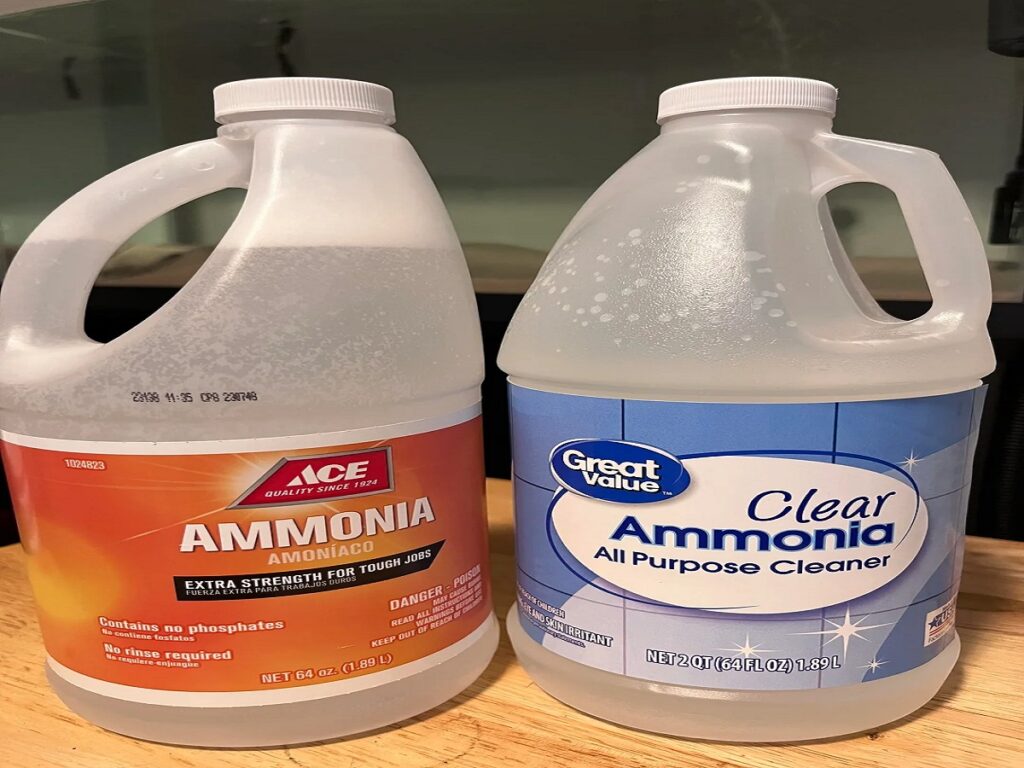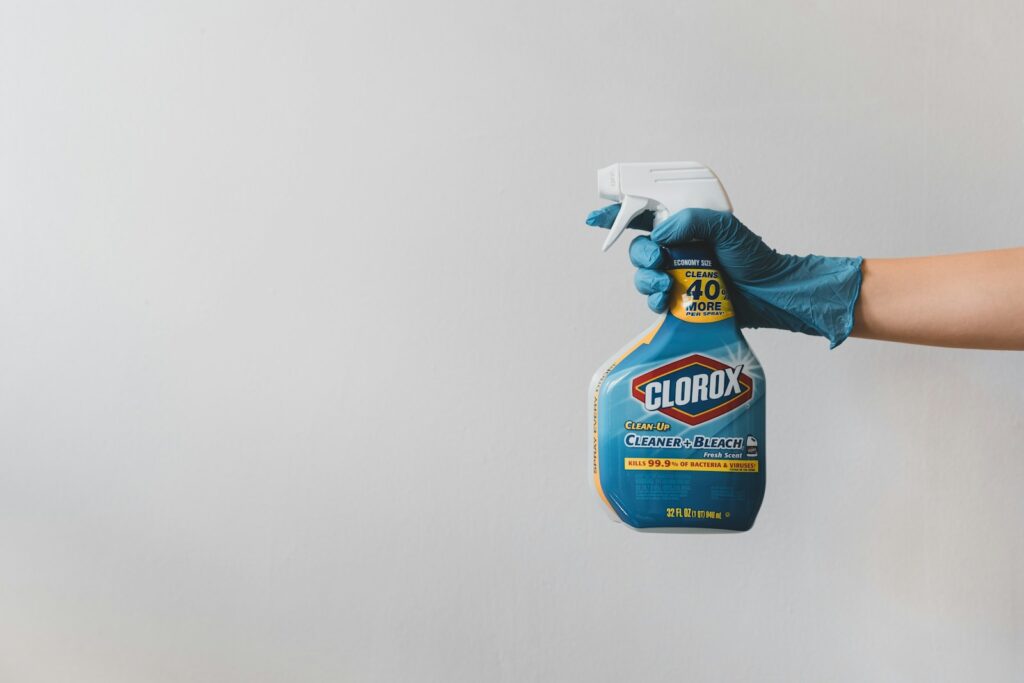Dogs possess an extraordinary sense of smell, estimated to be between 10,000 and 100,000 times stronger than ours. While this ability allows them to detect scents imperceptible to humans, it also makes them particularly sensitive to certain odors. Over the years, numerous studies, including one published in Applied Animal Behaviour Science in 2018, have highlighted smells that irritate or repel dogs. Understanding these scents helps pet owners maintain a comfortable environment, avoiding fragrances that can cause discomfort or anxiety for their furry companions.
1. Citrus Scents (Lemon, Orange, Grapefruit)

Citrus aromas may smell refreshing to humans, but dogs perceive them as harsh and overpowering. Research from the University of California, Davis, in 2017 revealed that limonene and citral compounds found in citrus peels can irritate a dog’s nasal receptors. Many natural repellents use these oils to deter pets from chewing furniture or entering specific areas. While the scent itself isn’t toxic in small amounts, concentrated essential oils or peels can make dogs sneeze or turn away instantly due to their intensity.
2. Vinegar

Vinegar’s sharp acidity makes it one of the top scents dogs dislike. A 2019 behavioral observation by the American Kennel Club noted that dogs often retreat when exposed to cleaning sprays containing acetic acid. Although vinegar is commonly used as an eco-friendly cleaner, it’s best applied away from a pet’s resting area. The pungent odor can overwhelm a dog’s nose and even cause mild eye irritation if used excessively in enclosed spaces, making it an unpleasant yet harmless deterrent.
3. Alcohol and Disinfectants

Alcohol-based products like sanitizers and disinfectant sprays are powerful irritants to dogs. Studies conducted in 2020, following increased sanitizer use during the pandemic, found that dogs reacted negatively to the smell of isopropyl alcohol. Even small whiffs can trigger avoidance behavior. While these products are essential for hygiene, it’s wise to let surfaces dry completely before allowing dogs nearby. Extended exposure may cause headaches or nausea in sensitive pets, according to findings from the Journal of Veterinary Behavior.
4. Ammonia

Ammonia’s strong, chemical odor resembles that of urine, which can confuse or alarm dogs. A 2015 study by the University of Guelph found that dogs exposed to ammonia-based cleaners showed visible signs of distress and confusion. This scent not only irritates their nose but also sends conflicting territorial signals. Because of its sharpness, ammonia can also sting their respiratory passages. For pet households, it’s better to switch to mild, pet-safe alternatives that avoid this harsh chemical base altogether.
5. Chili and Capsaicin

Chili contains capsaicin, the compound responsible for its heat, and it’s something dogs find particularly offensive. Research in 2016 by the Canine Sensory Study Institute in London indicated that even trace amounts of chili vapors can trigger sneezing and nose rubbing in dogs. The burning sensation caused by capsaicin overstimulates their sensory nerves. While the spice is harmless in low airborne concentrations, dogs should never ingest chili-based foods or seasonings, as it can severely upset their digestive tract.
6. Perfumes and Fragrances

Synthetic perfumes are another scent category that overwhelms dogs. In 2018, the American Veterinary Society reported that many commercial fragrances contain alcohol and synthetic esters that dogs find distressing. The layers of floral, musk, or woody undertones can confuse their keen sense of smell, leading to avoidance or agitation. Spraying perfumes directly on or near a pet’s coat can result in sneezing or itching. Light, natural fragrances without alcohol are safer for shared spaces with dogs.
7. Cleaning Bleach and Chlorine

Bleach emits a strong chlorine scent that’s unpleasant for both humans and dogs, but for canines, it’s magnified tenfold. A 2021 study by the Pet Health Research Council noted that bleach fumes can cause dogs to experience mild respiratory irritation. The sharpness of chlorine lingers in the air, overwhelming their olfactory system. When cleaning with bleach, ensure windows are open and pets are away until the scent dissipates completely. Prolonged exposure can cause coughing or watery eyes.
8. Mothballs

Mothballs contain naphthalene or paradichlorobenzene, both of which emit a potent chemical odor that dogs despise. Research from Veterinary Toxicology Reports (2014) highlighted that even small quantities can be toxic if ingested, causing vomiting or lethargy. Dogs’ heightened smell sensitivity makes them detect mothball fumes instantly, and they’ll likely avoid the area altogether. These should never be used in spaces accessible to pets, as the strong odor and toxicity make them among the most dangerous deterrents.
9. Nail Polish and Remover

Nail polish and acetone-based removers release strong chemical vapors that dogs instinctively dislike. In 2020, PetSafe Living Studies found that acetone causes dogs to display avoidance behaviors similar to those observed with ammonia. The scent’s harshness can also lead to watery eyes or throat irritation. When grooming or painting nails, it’s best to do so in a ventilated room, away from pets. Even short-term exposure can stress a dog’s sensitive olfactory system.
10. Eucalyptus and Tea Tree Oil

While these essential oils smell therapeutic to humans, they can be overwhelming for dogs. According to a 2019 report from the National Center for Biotechnology Information, eucalyptus and tea tree oil vapors contain compounds like eucalyptol that dogs find unpleasant and irritating. Overexposure can lead to drooling, coughing, or nausea. These oils should always be diffused sparingly and never applied directly to a pet’s coat, as even small doses can cause allergic reactions in sensitive dogs.
11. Strong Spices (Mustard, Curry, Pepper)

Dogs have an aversion to sharp, spicy aromas such as mustard or black pepper. A study in 2017 by the European Canine Sensory Association showed that these pungent scents overstimulate dogs’ smell receptors, often causing sneezing fits or pawing at their noses. These spices contain compounds that create a burning sensation in nasal tissues, making them uncomfortable even in small amounts. Avoid using heavily spiced cleaning agents or deterrent sprays in pet-accessible areas.
12. Menthol and Peppermint

Menthol, often found in balms and peppermint oils, can be distressing for dogs due to its intensity. The Veterinary Aromatherapy Council in 2016 found that menthol triggers aversion reactions in over 80% of dogs tested. Though non-toxic in diluted air concentrations, direct exposure to concentrated peppermint products can irritate the nasal passages. Even toothpaste or cough drops left within reach can be unpleasant. Keeping mentholated items sealed ensures a calmer environment for sensitive pets.
Comments